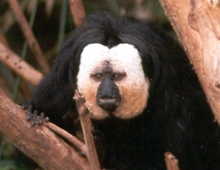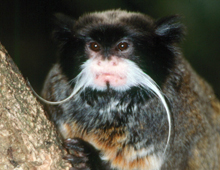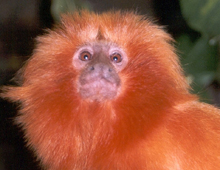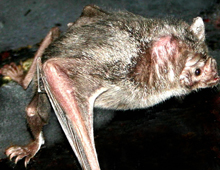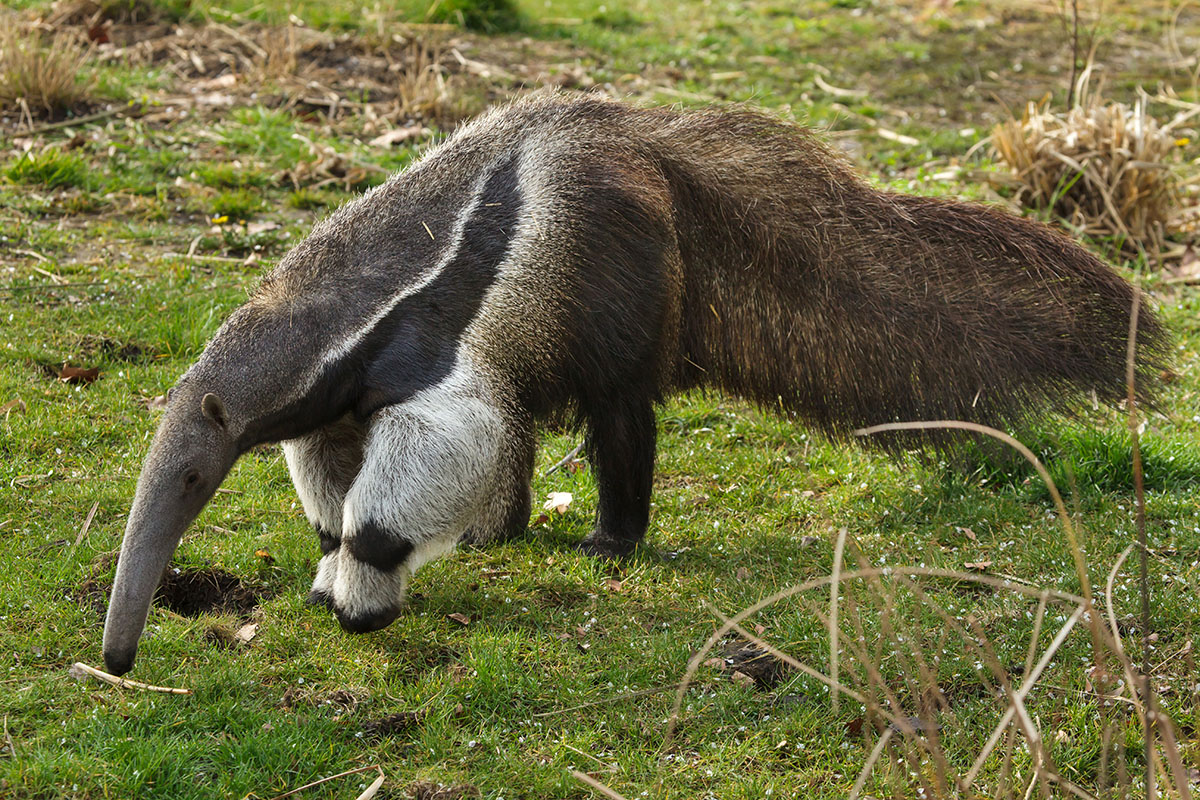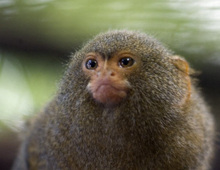
The smallest New World primate, also the smallest monkey, weighs less than five ounces (the only smaller primates are several Madagascan lemurs). Pygmy marmosets occupy a rather large range in the forests of Western South America. Formerly rather rare in zoos, its captive population is now well managed with more than 700 world-wide, mostly captive-bred. It is usual for twins to be born. Despite their tiny size, they can live 20 years in captivity. In the wild, they specialize in eating gummy sap. In captivity, they do quite well on the same diets that larger marmosets and tamarins receive: a manufactured primate diet, fresh fruits and vegetables, and insects.

